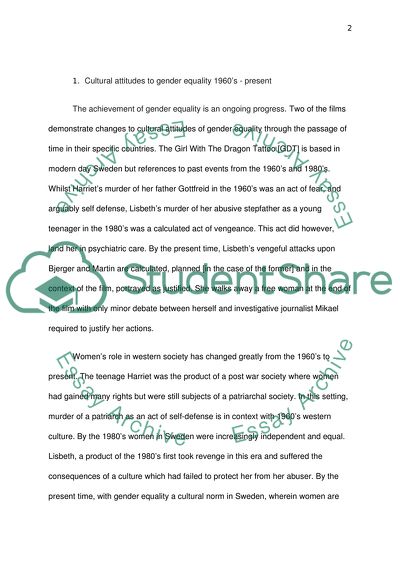Cite this document
(“Feministic justice and revenge upon patriarchal misogynists Essay”, n.d.)
Feministic justice and revenge upon patriarchal misogynists Essay. Retrieved from https://studentshare.org/visual-arts-film-studies/1573682-film-and-culture
Feministic justice and revenge upon patriarchal misogynists Essay. Retrieved from https://studentshare.org/visual-arts-film-studies/1573682-film-and-culture
(Feministic Justice and Revenge Upon Patriarchal Misogynists Essay)
Feministic Justice and Revenge Upon Patriarchal Misogynists Essay. https://studentshare.org/visual-arts-film-studies/1573682-film-and-culture.
Feministic Justice and Revenge Upon Patriarchal Misogynists Essay. https://studentshare.org/visual-arts-film-studies/1573682-film-and-culture.
“Feministic Justice and Revenge Upon Patriarchal Misogynists Essay”, n.d. https://studentshare.org/visual-arts-film-studies/1573682-film-and-culture.


